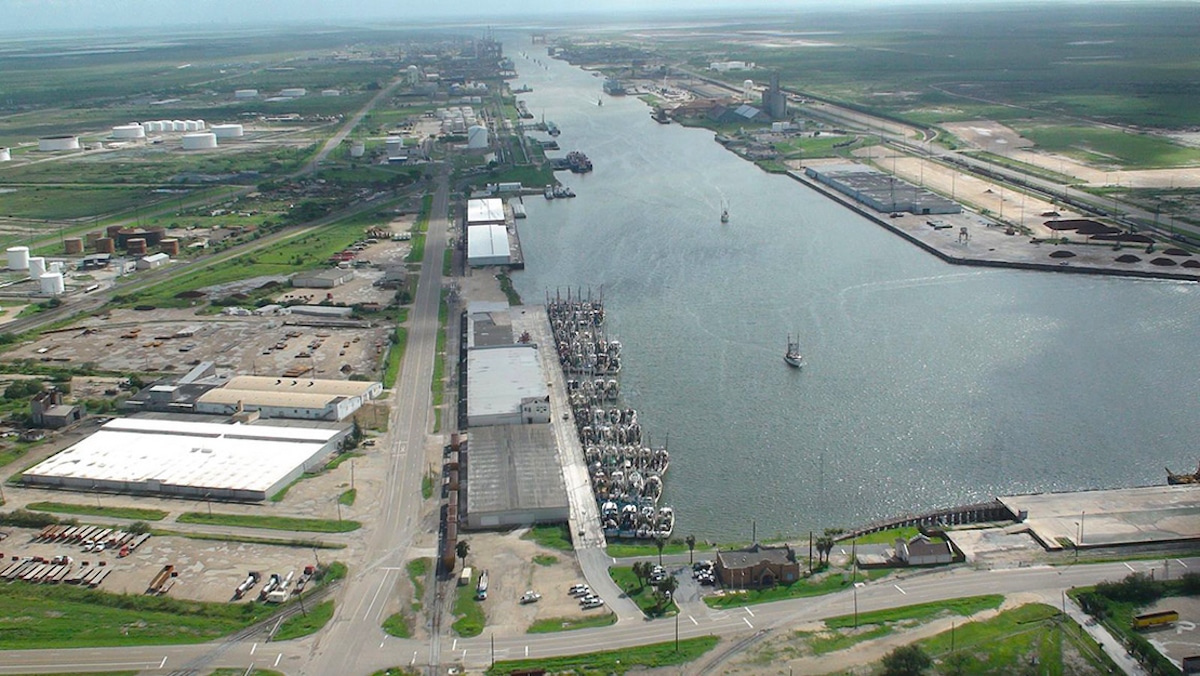Texas LNG Plant’s Carbon Capture Proposal Slammed as ‘Greenwash’ and ‘Band-Aid on a Bullet Hole’

 Why you can trust us
Why you can trust us
Founded in 2005 as an Ohio-based environmental newspaper, EcoWatch is a digital platform dedicated to publishing quality, science-based content on environmental issues, causes, and solutions.
The proposed Rio Grande LNG export facility near Port Isabel, Texas, would pollute their community and local environment, hurt the local shrimping and tourism industries, and exacerbate climate change, community advocates say.
“This is a poor community, yes. We’re not saying we don’t need jobs,” said Dina Nuñez, of Vecinos para el Bienestar de la Comunidad Costera (VBCC). “But we don’t need work that affects the environment, and ultimately, the health of the community.”
Local activists like Bekah Hinojosa, a Brownsville artist, community organizer, and Gulf Coast campaign representative for the Sierra Club, also decry the company’s claims it would capture the facility’s carbon pollution as little more than “trying to put a Band-Aid on a bullet hole.”
The plans to capture the facility’s carbon pollution would only address 6 to 7% of the facility’s overall climate pollution, which would be as much as 163 million tons per year (about as much as 44 coal plants, or more than 35 million cars).
“CCS was always greenwash for oil and gas production,” Australia Institute carbon market expert Polly Hemming said. “Carbon credits for CCS for oil and gas production is greenwash on top of the greenwash.”
As reported by The Guardian:
Technical and economic hurdles mean that there are only 30 commercial CCS projects in operation worldwide – many of which are used to extract more oil by re-injecting CO2 into wells. The industry-backed Global CCS Institute estimates the capacity of these existing installations is 43m tons of CO2 a year – about 0.1% of global emissions.
Nevertheless, as calls for oil and gas companies to reduce their climate impacts have intensified, interest in CCS has grown. In September, the total capacity of commercial CCS projects in the planning stages grew 44% over the previous year, to 244m tons per annum of CO2, according to the Global CCS Institute.
At least 15 planned or existing LNG export or upstream gas projects globally have announced plans to add CCS, according to a tally by non-profit climate news service DeSmog. These include five in Louisiana and Texas planned by companies including NextDecade, G2 Net-Zero LNG, Venture Global, Sempra Energy, and French giant TotalEnergies.
For a deeper dive:
For more climate change and clean energy news, you can follow Climate Nexus on Twitter and Facebook, sign up for daily Hot News, and visit their news site, Nexus Media News.
Subscribe to get exclusive updates in our daily newsletter!
By signing up, you agree to the Terms of Use and Privacy Policy & to receive electronic communications from EcoWatch Media Group, which may include marketing promotions, advertisements and sponsored content.

 233k
233k  41k
41k  Subscribe
Subscribe 



